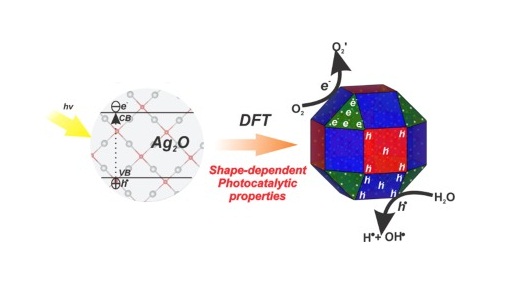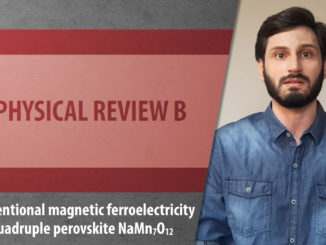
Connecting the surface structure, morphology and photocatalytic activity of Ag2O: An in depth and unified theoretical investigation
Abstract: The surface morphology of the materials is known to have significant influence on the overall photocatalytic performance. Therefore, identifying the corresponding electronic structures associated with the surface redox centers is essential for the rational design of Ag2O-based photocatalysts. In this study, comprehensive and systematic theoretical calculations revealed the connection between electronic structure and morphology responsible for the photo-induced mechanism. First-principles calculations showed that the activity of Ag+ cations on the exposed surfaces is dependent of their local coordination and electronic configuration. Electrons were found to migrate to the energetically favorable (1 1 1) surface, while holes are concentrated in the more unstable (1 0 0) and (1 1 0) surfaces. The complete set of available morphologies was obtained, enabling us to rationalize the photocatalytic activity in terms of composition, geometry, and electronic structure of the exposed surfaces. Moreover, the localization and characterization of excited electronic states of both bulk material and exposed surfaces allow us to discuss the fundamental reactions involved in the photocatalytic mechanism underlying the morphological evolution and would promote significantly the development and application of singlet-triplet mechanism. The detailed insights provided by our work could benefit the design and preparation of new efficient photocatalysts based on Ag2O.
Author(s): Ribeiro, R.A.P. ; Oliveira, M.C.; Bomio, M.R.D.; Lazaro, S.R.; Andrés, J.; Longo, E.
Applied Surface Science
Published: 15 April 2020, Volume 509
DOI: https://doi.org/10.1016/j.apsusc.2020.145321




